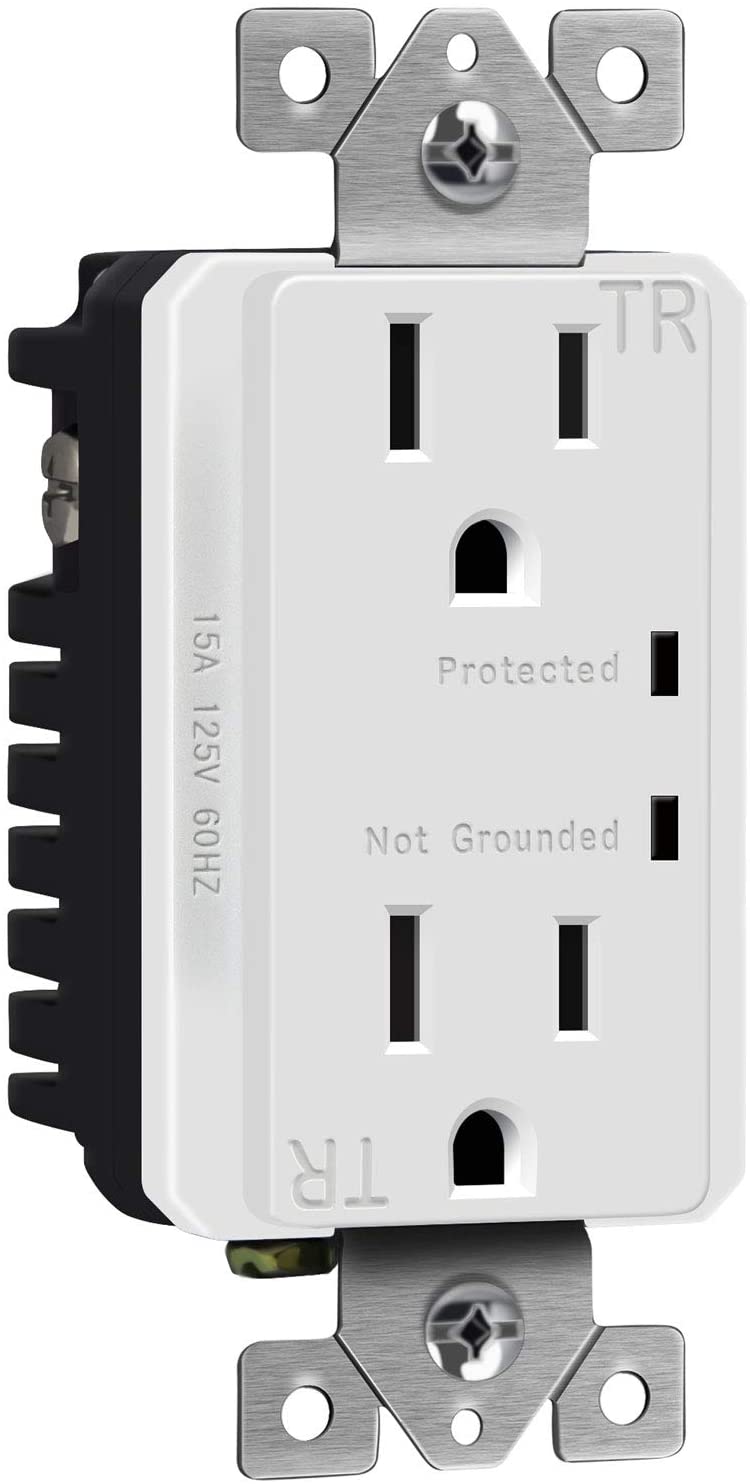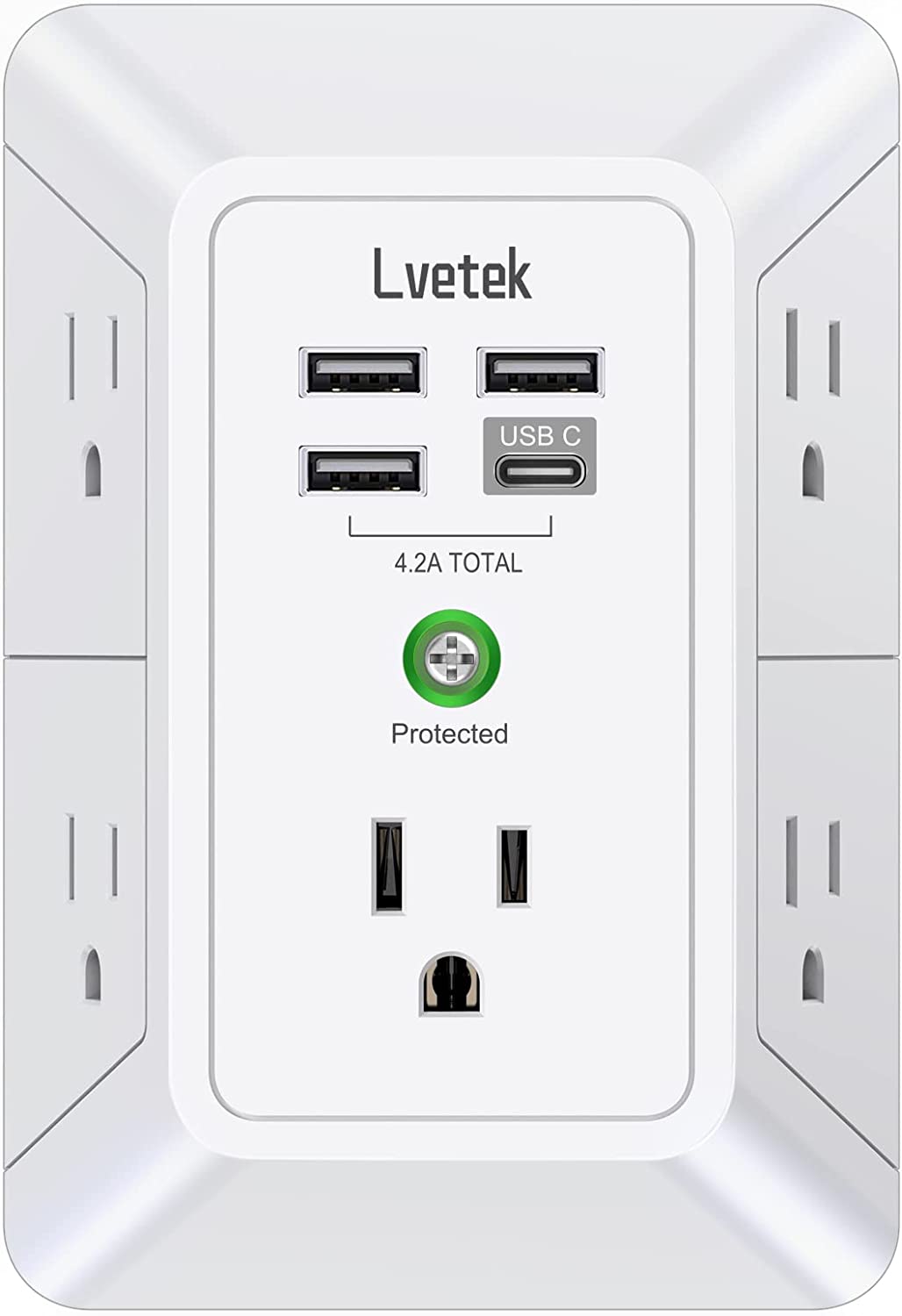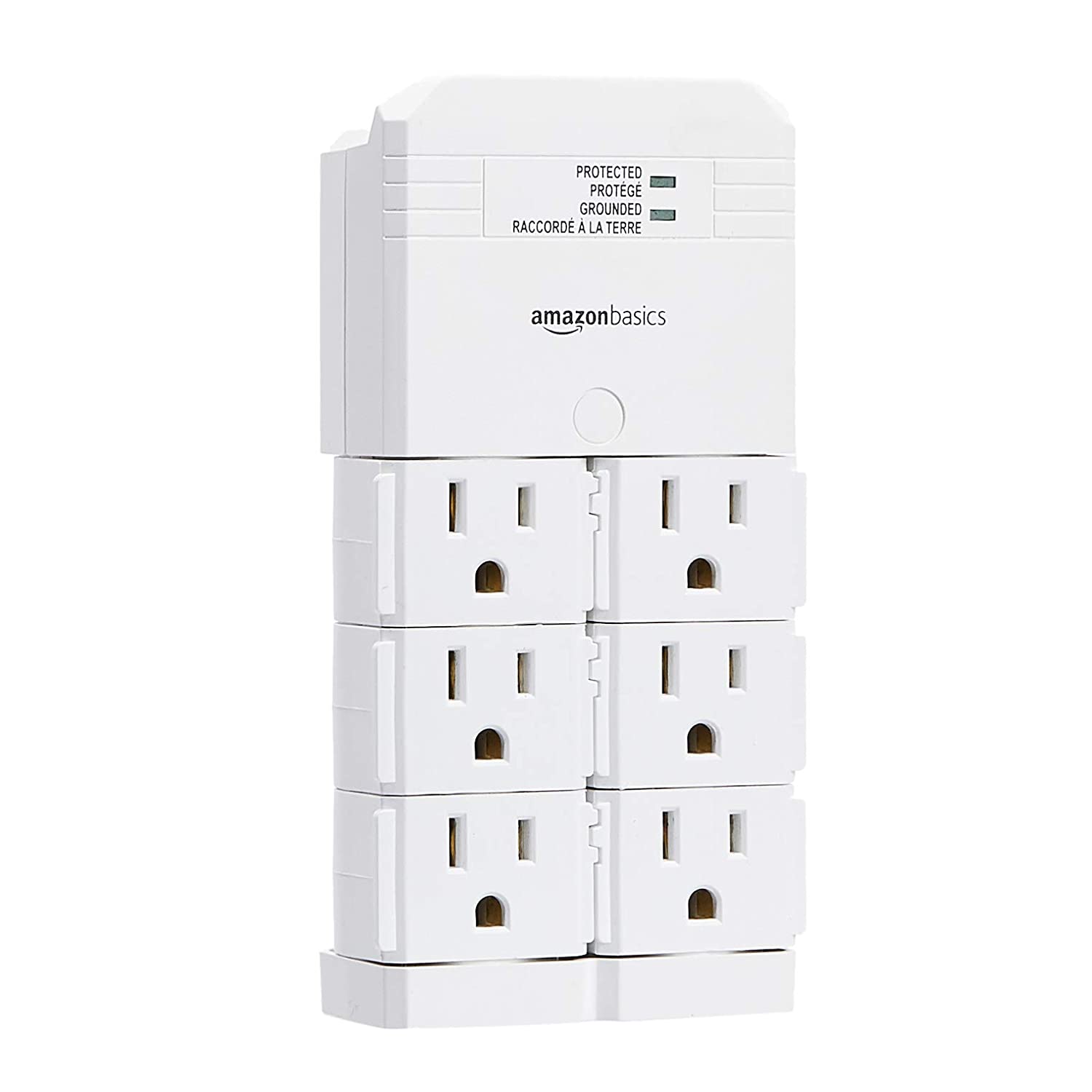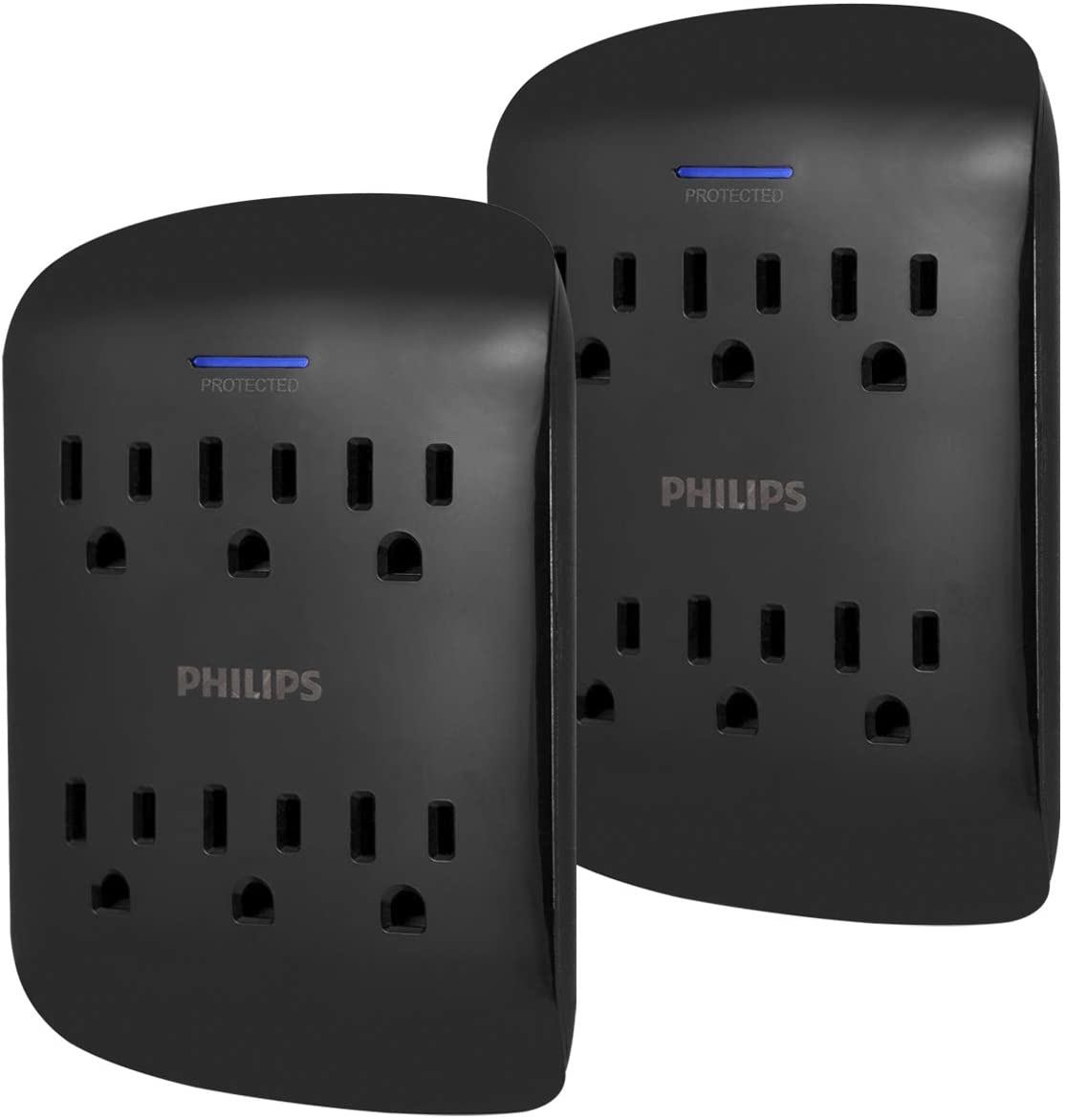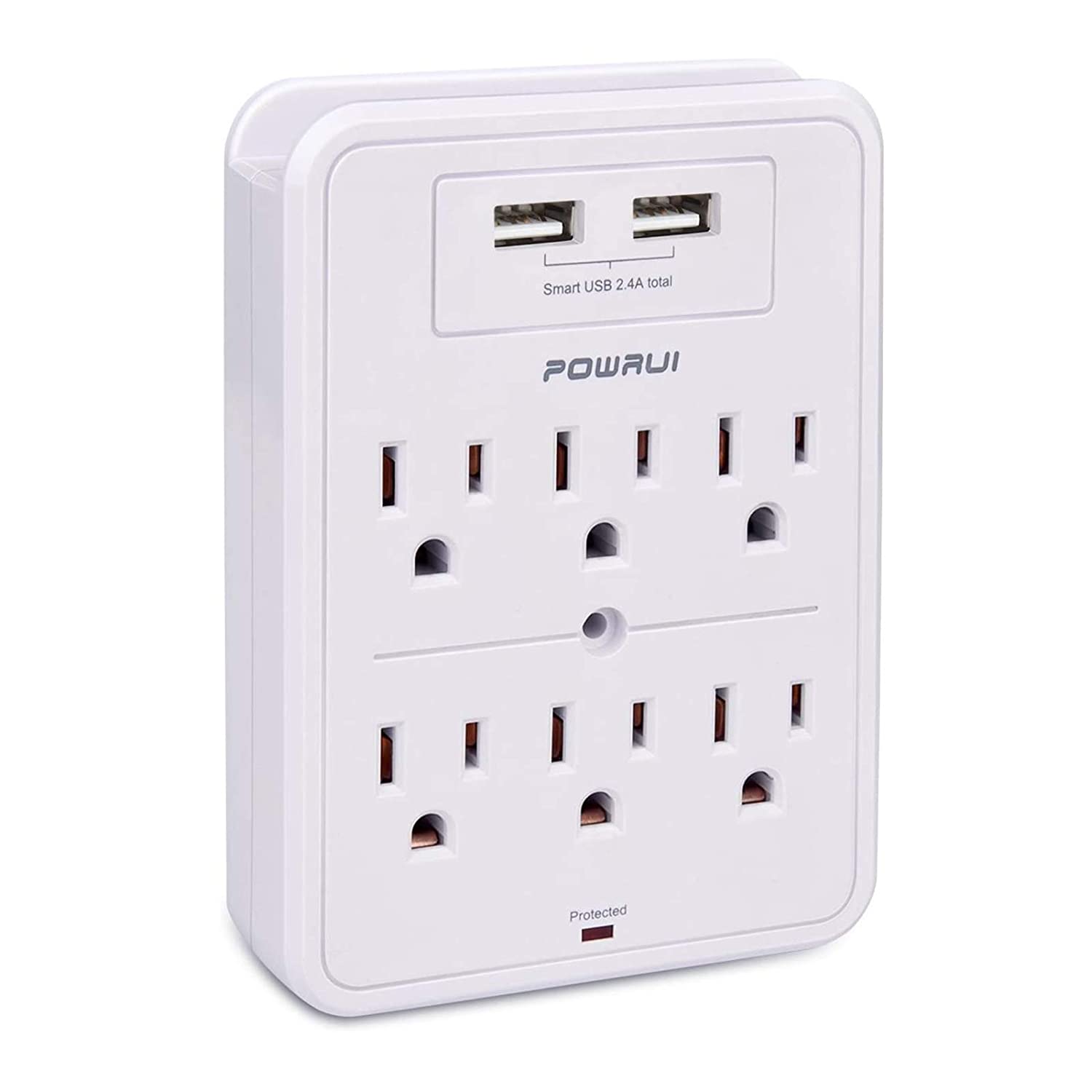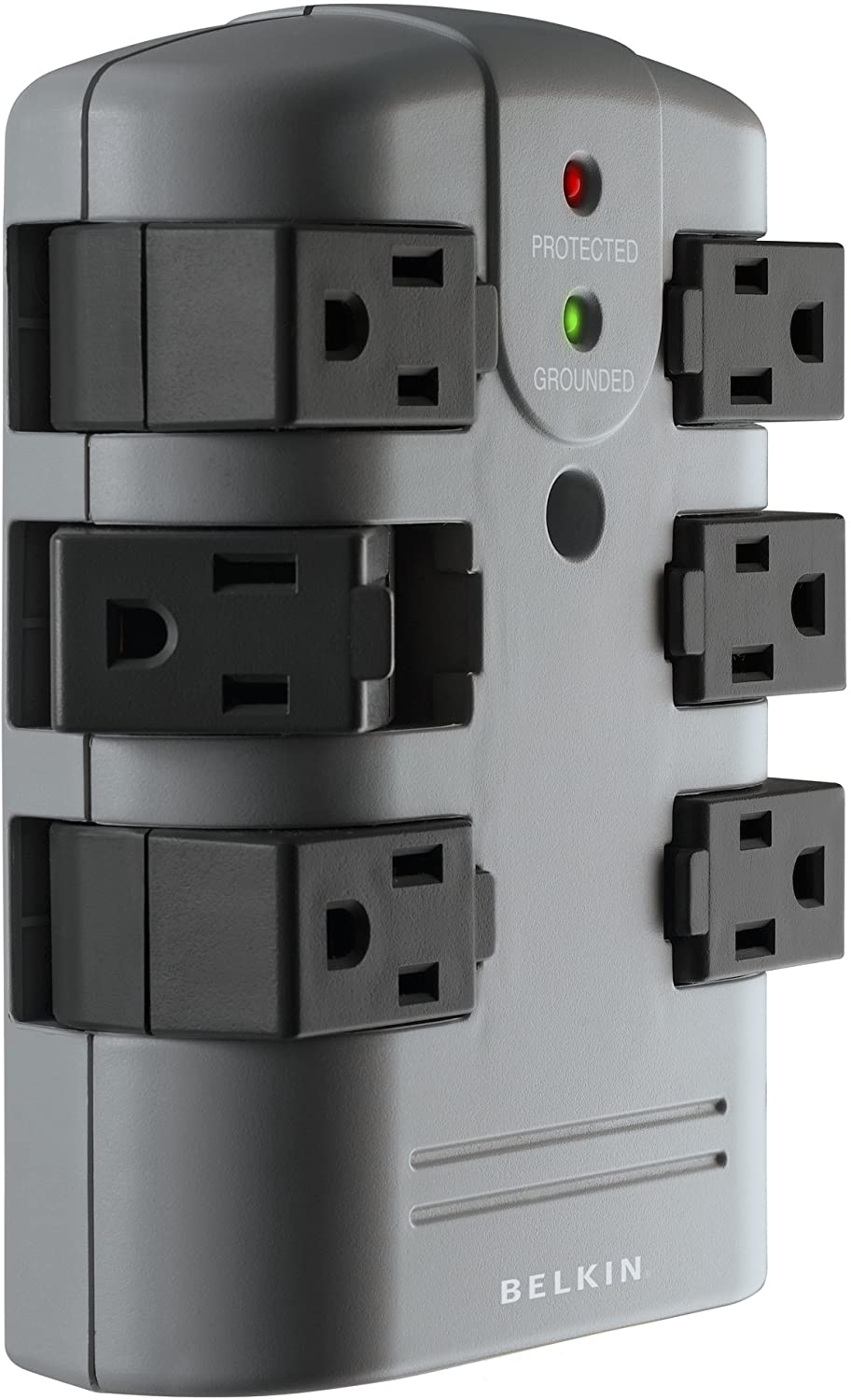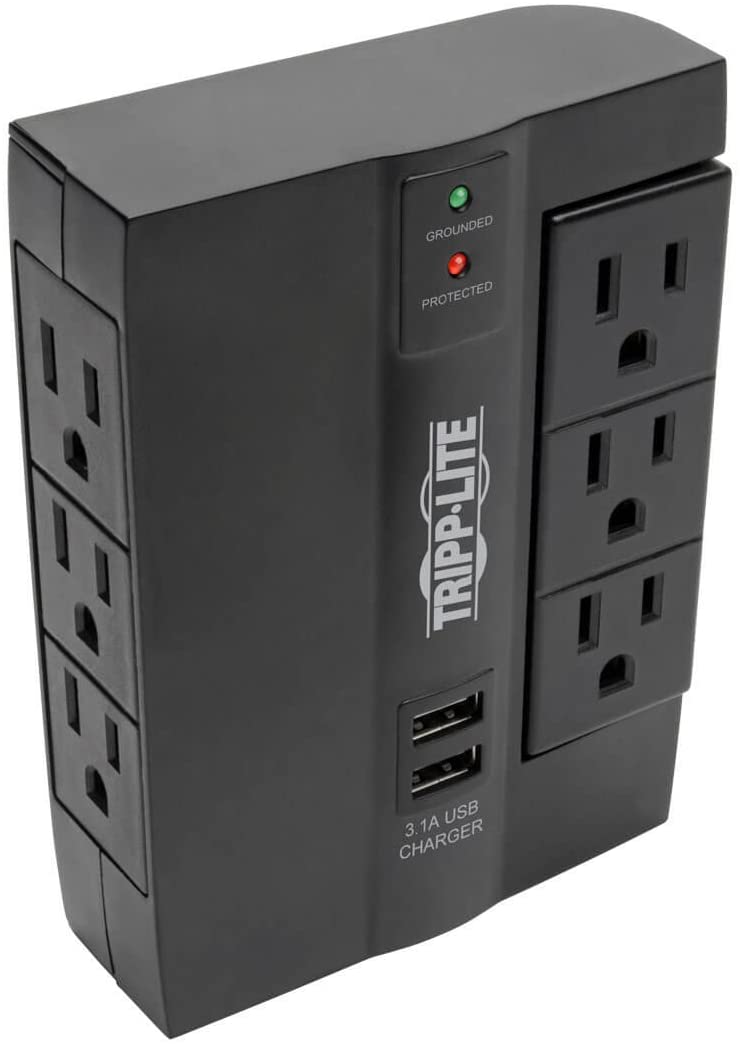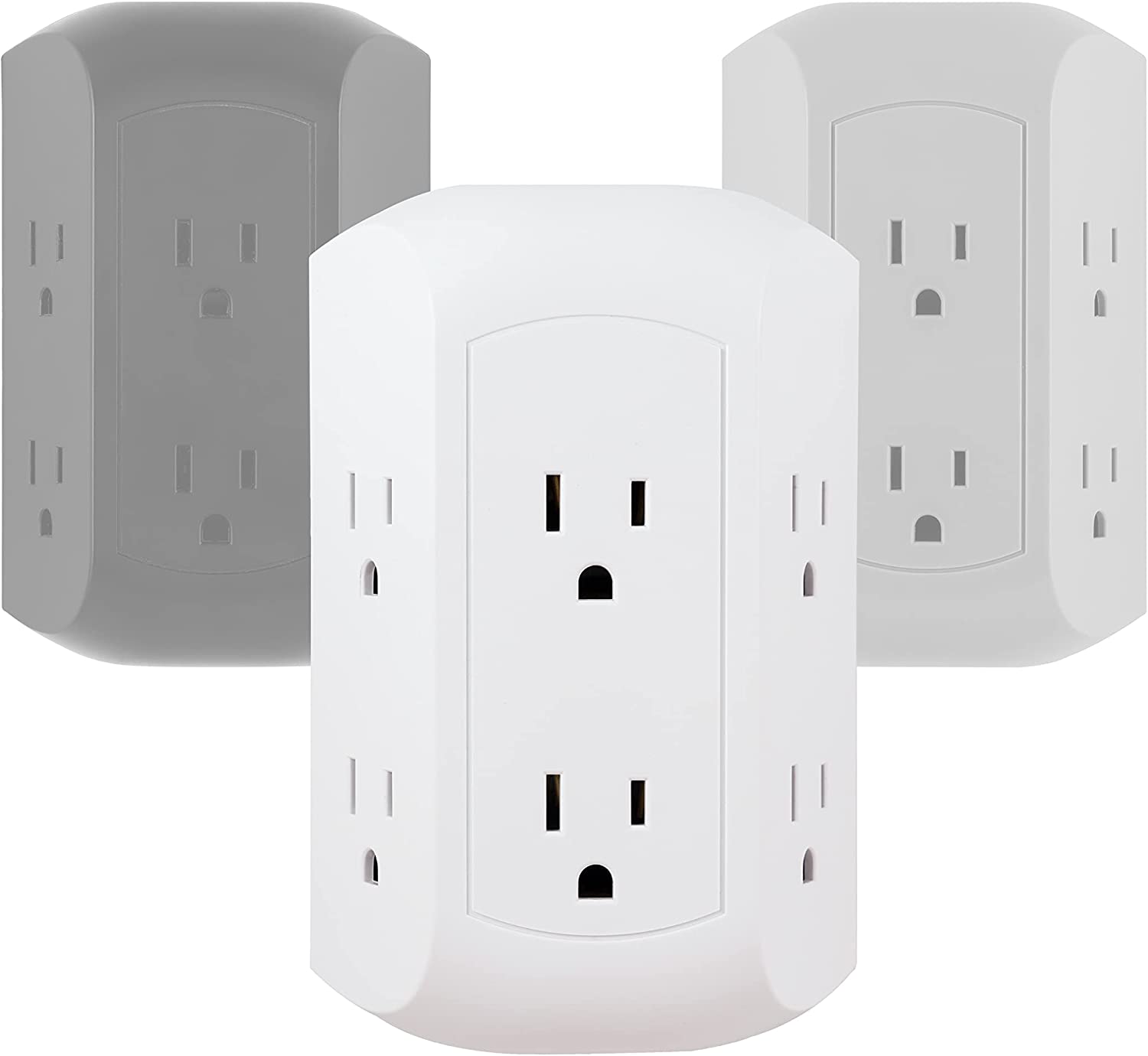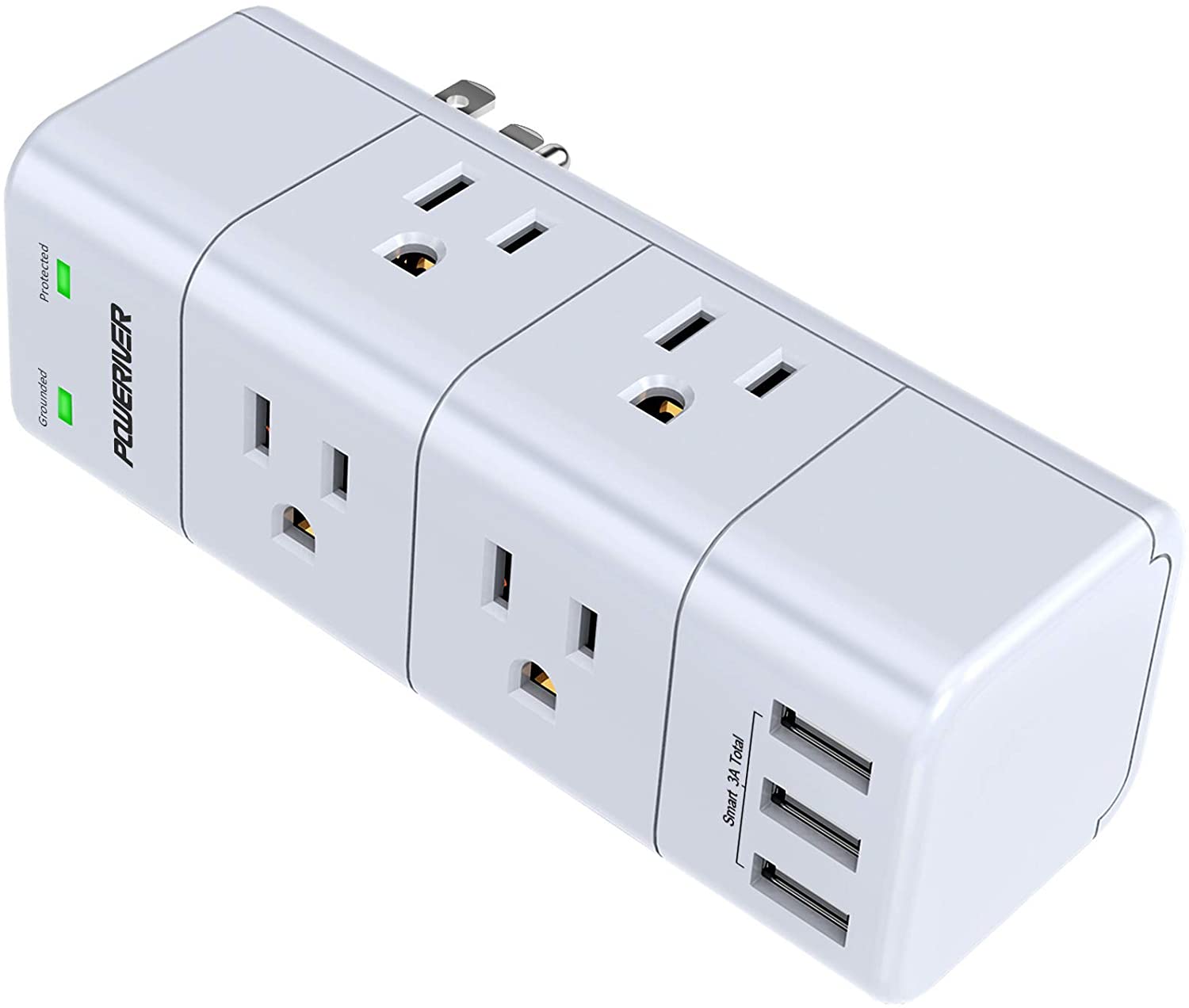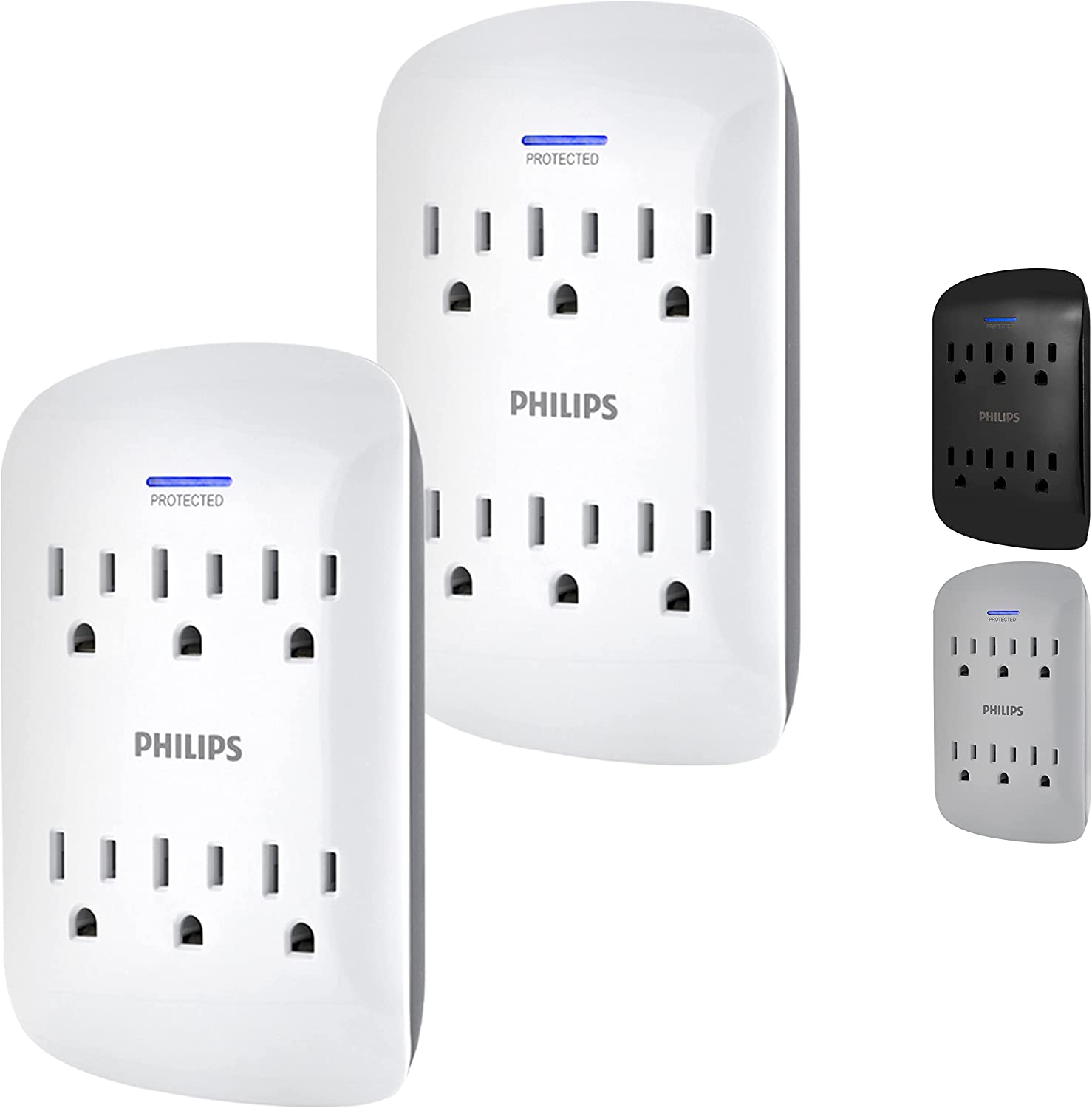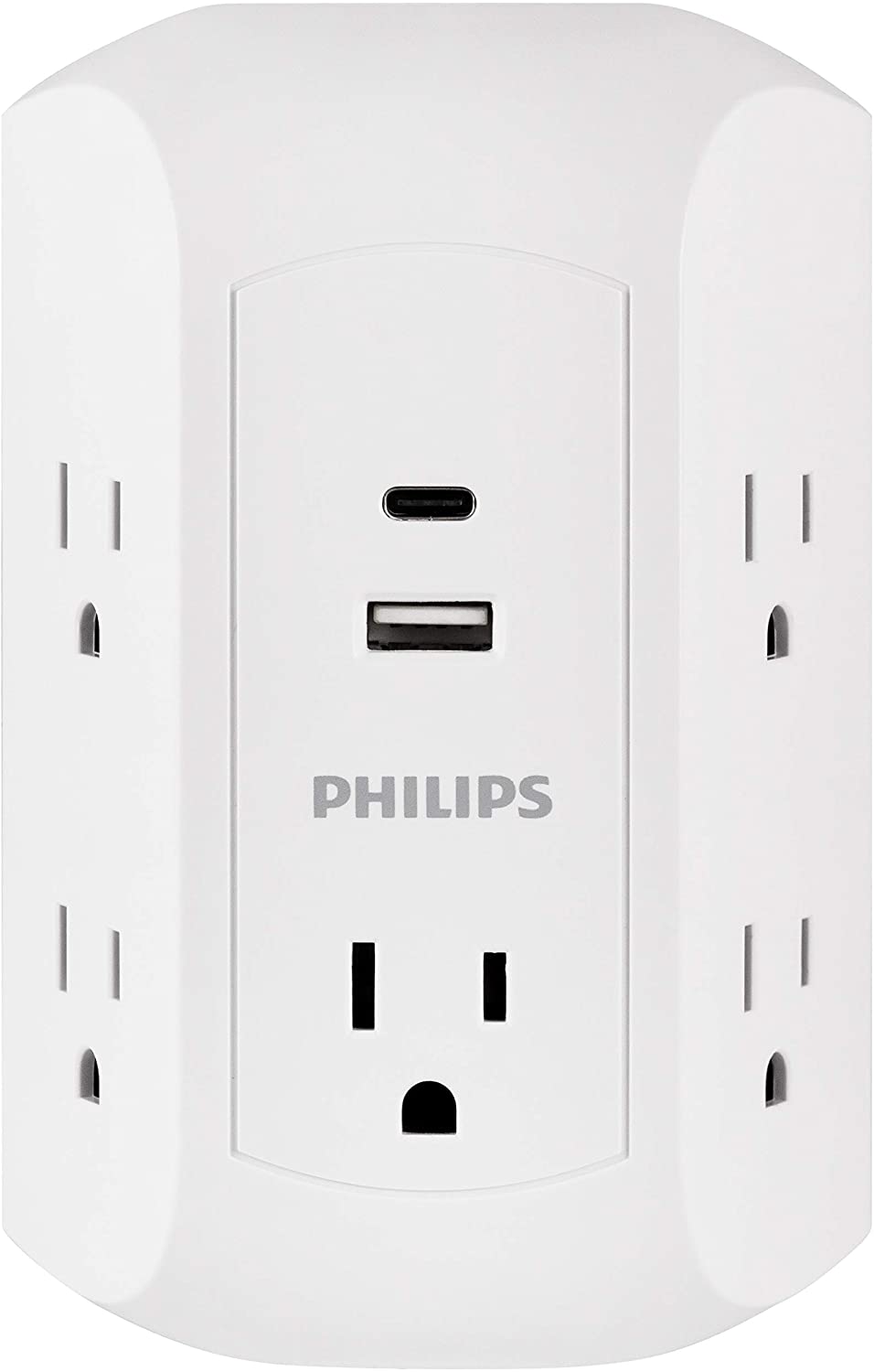TOPGREENER Easy Install In-Wall Surge Protector, 2-Outlet
Last updated: March 1, 2023
Monitor whether your devices are active or not with this surge protector, which has LED lights to help you keep an eye on things. You will need to do a little installation with this outlet, as it doesn't plug into an existing outlet. Instead it replaces any standard outlet that uses hot, neutral and ground wires.
We looked at the top In-Wall Surge Protectors and dug through the reviews from some of the most popular review sites. Through this analysis, we've determined the best In-Wall Surge Protector you should buy.
Product Details
Key Takeaway: LED lights on this surge protector let you monitor whether an outlet is active or not.
In our analysis of 10 expert reviews, the TOPGREENER Easy Install In-Wall Surge Protector, 2-Outlet placed 8th when we looked at the top 12 products in the category. For the full ranking, see below.View our In-Wall Surge Protector buying guide for in-depth advice and recommendations.
